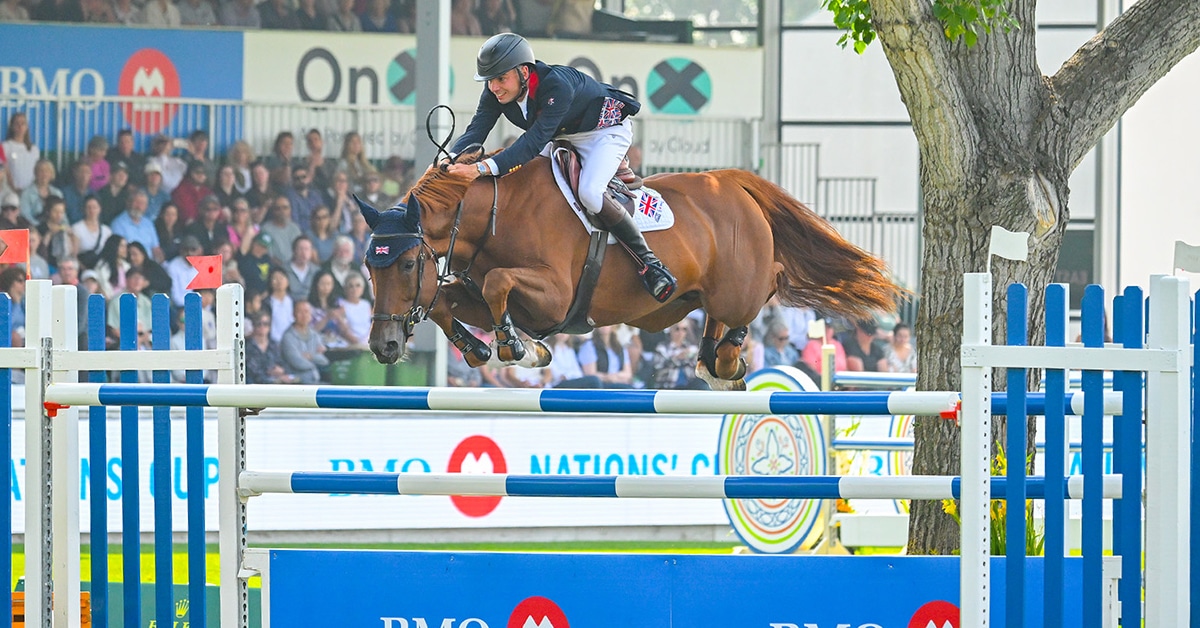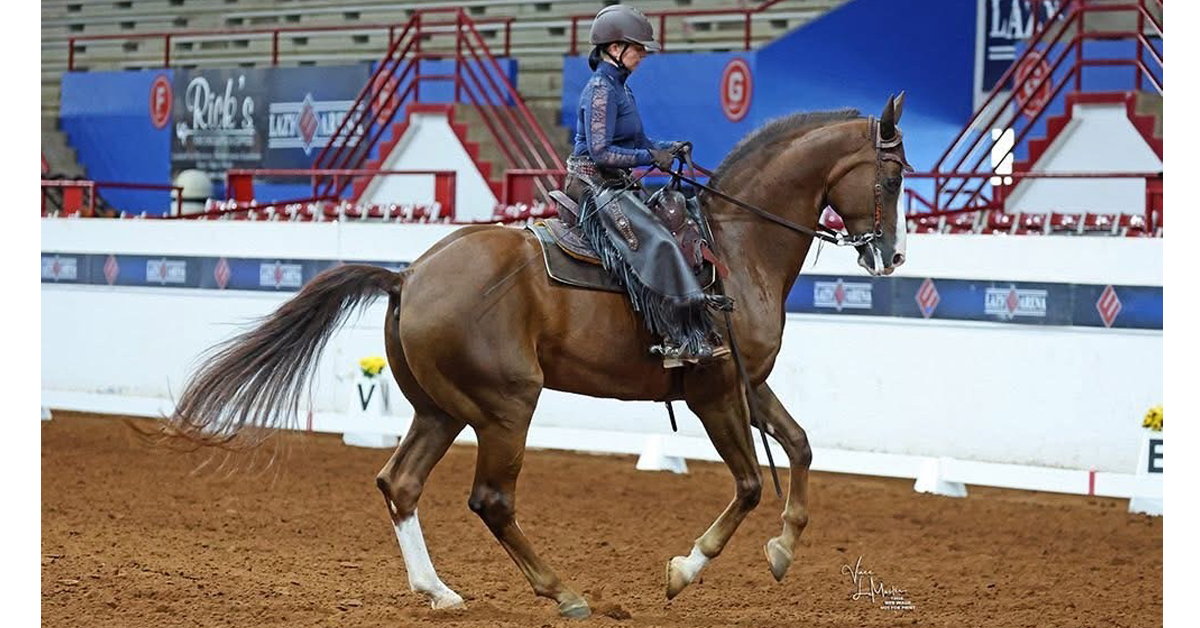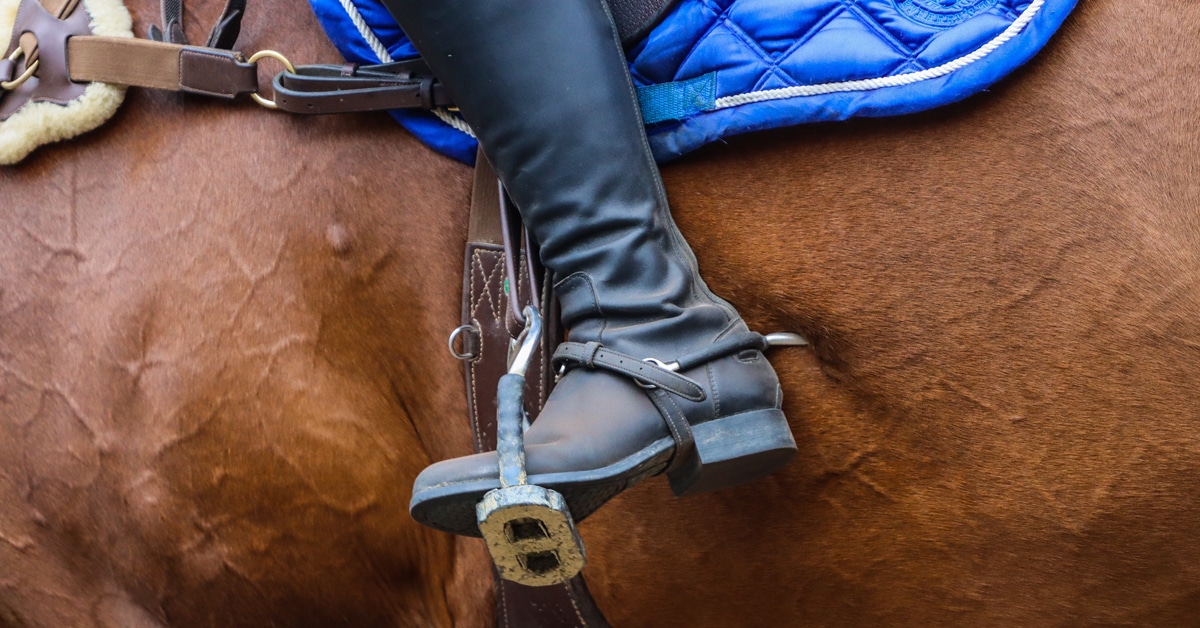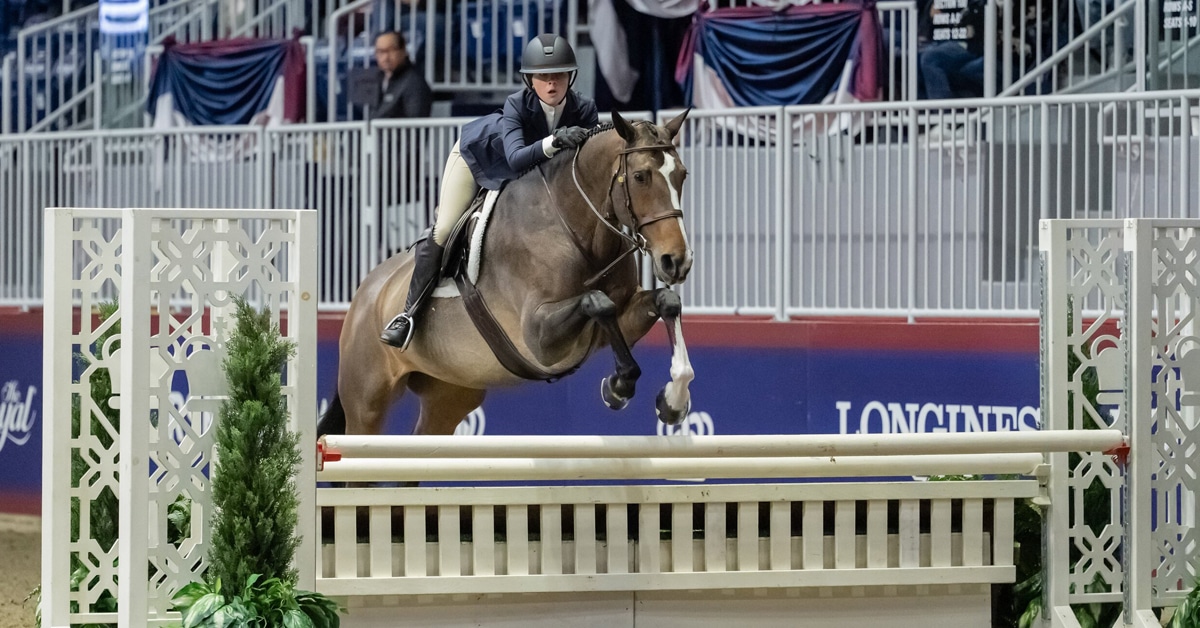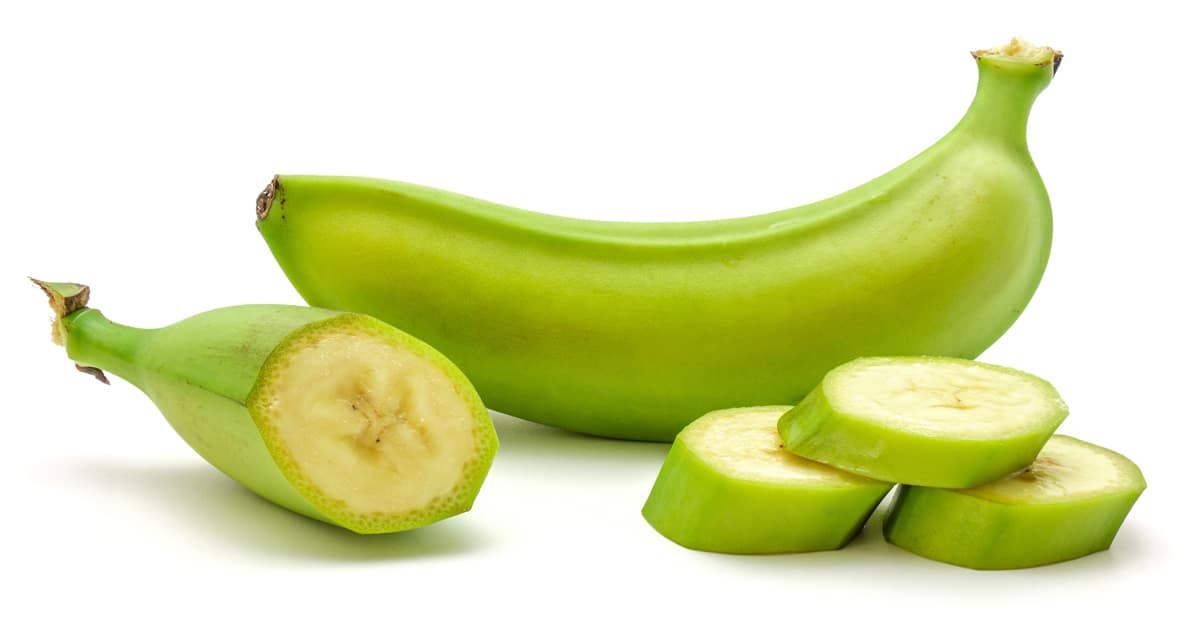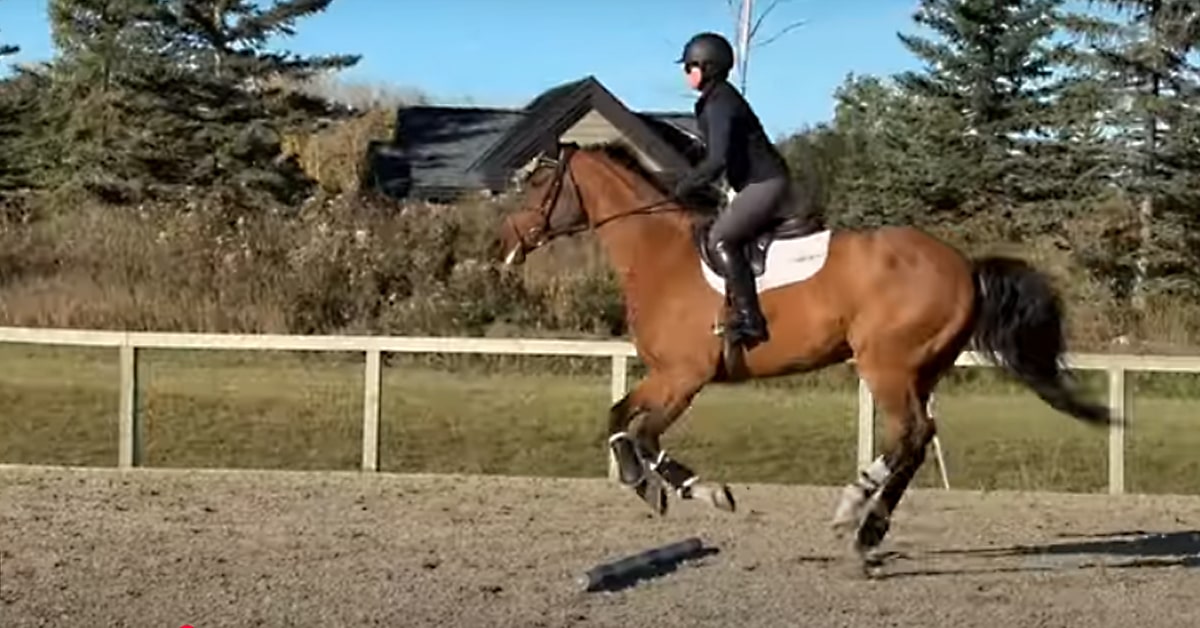As of April 2, 2025, the United States has said they might implement a 25% tariff on goods imported from Canada which may or may not include live horses. HorseSport.com has reviewed a number of sources and spoken with experts to compile this list of answers to your most frequently-asked questions. It is important to note, however, that all of this information is subject to change as the situation on both sides of the border remains in flux.
1. What is the tariff on horses?
The tariff on horses imported from Canada into the U.S.A might be be 25% but the final list of goods to be tariffed is not yet known.
2. Will I have to pay a tariff on the truck and trailer hauling the horse into the US?
The tariff applies to goods imported into the United States. If your truck and trailer are Canadian-owned and not being imported for sale or permanent use in the U.S., they are typically considered “means of conveyance” and not subject to import tariffs. However, if you plan to sell or permanently leave the truck and/or trailer in the U.S., they may be subject to duties.
3. How are tariffs on horses calculated?
Tariffs are calculated based on the declared value of the horse.
According to the American Horse Council: You must often be able to provide documentation concerning the value of the horse at the border. If you buy a horse for $1 from a friend, but the horse was most recently valued at $10,000, you would pay a tariff of $10,000, not $1. Some tariffs require a minimum valuation for specific items.
If a horse is visiting a country for competition while a new tariff is imposed, it will not have to pay a tariff upon return to its country of origin.
“It is still undetermined how tariffs would be assessed,” noted Kyle Ecclestone, president of Ecclestone Horse Transport. “Currently, horses largely enter the USA at baseline values based on their HS (Harmonized System) Codes (0101.21/0101.29), typically at $2500/horse. In our discussions with [US Customs and Border Protection] at the various ports we utilize, we have been instructed that this would remain the case. Meaning tariffs should simply reflect as a higher brokerage charge. Where tariffs could become more problematic, is for private individuals, working outside the streamlined systems designed for commerce.”
4. I’m Canadian and my horse has been in the US all winter, do I have to pay a tariff?
Canadian horses that have been in the USA for the winter are considered “Canadian Goods Returning” and are not at risk of a tariff.
5. I’m Canadian and a horse I’m importing from Europe is landing and quarantining in the USA, do I have to pay a tariff?
Any European imports transiting through the USA for quarantine purposes and subsequently transiting to Canada are not at risk for tariffs. They are imported as goods from their country of origin in Europe. The fact that they have transited through the USA, does not mean they are a “US Good”.
6. How often do I have to pay the tariff?
The tariff is paid each time a horse is imported into the United States. For temporary imports under a TIB or ATA Carnet, the tariff may be waived or refunded upon re-exportation, provided all conditions are met.
7. What is the difference between a cash bond and a tariff?
Tariff: A tax imposed on imported goods, payable upon entry into the country. Tariffs are due at the time of importation, typically during the customs clearance process. Payment is required before the goods are released into the United States.
Cash Bond: A deposit paid when temporarily importing goods (like horses) under a Temporary Importation under Bond (TIB). This bond is refundable upon re-exporting the goods within a specified period, ensuring compliance with temporary import regulations.
8. When are you exempt from paying the tariff on your horse?
You may be exempt from paying tariffs if you are temporarily importing your horse into the U.S. Reasons to be considered a temporary import/export include but aren’t limited to traveling for competition, racing, vacation/recreation, medical/veterinary care, or temporary breeding purposes.
There are two primary options for temporary importation:
Temporary Importation under Bond (TIB): Allows you to temporarily import a horse without paying the tariff upfront by posting a refundable bond. The horse must be re-exported within a specified period (typically up to one year, with possible extensions up to three years).
ATA Carnet: Most FEI horses currently travel on an ATA Carnet which is an international customs document that permits duty-free and tax-free temporary importation of goods, including horses, for up to one year without the need for a bond.
9. How do I get a Temporary Entry Bond for my horse?
To obtain a Temporary Importation under Bond (TIB), you must file the necessary documentation with U.S. Customs and Border Protection (CBP) at the port of entry. This process often requires the assistance of a customs broker to ensure compliance with all regulations.
There are many companies that offer these services. Canadian Customs Brokers Inc. said they charge $500 to use their bond number when importing a horse. In addition, they would collect 5% GST and the 25% tariff up front which would be refunded on return. Your broker will provide you with paperwork that includes their bond number which is provided to the US customs agent when importing into the US. When the horse returns to Canada, the same paperwork is stamped on re-entry proving the horse left and returned within the specified time. This paperwork is sent to the bond company which will then refund the tariff.
According to Ecclestone, American horses travelling from the US to Canada may have some extra paperwork.
“At this time, it is common on temporary entries to Canada staying over 30 days, that [Canadian Border Services Agency] requires an E-29 be filed,” said Ecclestone. “This is essentially the same as the Temporary import Bond on USA side. It is at the sole discretion of CBSA if an E-29 is required. In our experience, they typically do not require them for horses consigned to racetracks or horse shows as the reason for entry is well documented. Whereas for horses entering for training or breeding or deemed to present a greater risk for not adhering to their temporary import declaration, E-29 can be required. An E-29 is a bond in which CBSA will collect the tax/duty owing, in the event the horse were to be imported into Canada. A timeline is set on the bond, and if horse does not return by that time, the funds are forfeited. It is also notable, that in some cases, CBSA will not require any form of payment to be made for the E29. Sometimes they simply want to document the entry within their system to track it for later export.
“Commercial carriers are well versed in working with their customs brokers to ensure the smooth implementation of current protocols, to avoid any delays,” concluded Ecclestone.
10. What is an ATA Carnet and how do I get one?
An ATA Carnet is an international customs document that allows for the temporary importation of goods without paying duties or taxes. They are accepted by more than 80 countries and do not require a deposit, and are good for up to one year. Canadian entertainers, sports teams, the media and service companies also frequently use Carnets to travel with their professional equipment.
An ATA Carnet is offered exclusively in Canada by the Canadian Chamber of Commerce HERE.
11. What is the process for paying tariffs?
Tariffs are paid during the customs clearance process. Typically, a customs broker facilitates the payment on your behalf to U.S. Customs and Border Protection (CBP). The payment is based on the declared value of the goods and the applicable tariff rate.
Tariffs can be paid via credit card, certified checks, or other forms accepted by CBP at the port of entry. Consult with a customs broker for specific payment procedures.
12. How do you prove if your horse is American-bred or Canadian-bred, or what if its breeding is not known?
Proof of a horse’s origin can be established through documentation such as breed registration papers, Equestrian Canada Horse Recording, FEI passport, or health certificates indicating the country of birth.
13. What happens if your horse stays in the US longer than 30 days?
If a horse imported under a Temporary Importation Bond (TIB) or ATA Carnet remains in the U.S. beyond the allowed period (typically up to one year for an ATA Carnet), the bond may be forfeited, and duties and taxes may become payable. Extensions may be possible, but require prior approval from US Customs and Border Protection.
14. What happens if you sell your horse while you are in the US under temporary admission?
Selling a horse in the U.S. that was imported under a temporary admission (TIB or ATA Carnet) violates the terms of temporary importation. In such cases, duties and taxes become immediately payable, and penalties may be assessed.
15. How do you get the tariff money back?
For temporary imports under a TIB, the bond is refunded upon proof of re-exportation within the specified period. With an ATA Carnet, no tariff is paid upfront; however, failure to re-export the goods results in liability for duties and taxes.
16. Will Canada have reciprocal tariffs for American-bred horses?
While Canada has not yet announced reciprocal tariffs specifically on American-bred horses, trade tensions can lead to such measures. It’s advisable to monitor official Canadian trade announcements for updates.
17. How will tariffs affect horse shows?
Canadian horse shows are monitoring the constantly changing situation, but don’t foresee a big impact on entries.
“Normally, when Americans come to Canada it’s for less than two weeks,” said Keean White, president & CEO of Angelstone Events. “In fact, because the Canadian dollar is so weak right now, Canadian shows may benefit with more Canadians staying home.”
“We are monitoring day-by-day and coming up with potential strategies with how to deal with it,” said Linda Southern-Heathcott, president and CEO of Spruce Meadows. “We are watching whether there will be any thickening at the border in terms of requiring new visas for people. For the Masters, pretty much all the horses come from Europe – the charter comes from Europe and goes back to Europe – so we don’t think the Masters is at risk at all.”
“It is important to note that all the information circulating at this time is largely speculative in nature and is fuelled by the fear and anticipation of the unknown,” noted Ecclestone. “Both Canada and the United States benefit greatly from our industry, so I doubt that either country will impose protocols that limit the flow of commerce or tourism. Regardless of what changes may be enacted, we are ready to adapt and ensure a smooth process for our clients.”
Resources:
American Horse Council
National Thoroughbred Racing Association
CTHS National
Harmonized Tariff Schedule
FTA Tariff Tool
ATA Carnet
The Latest

